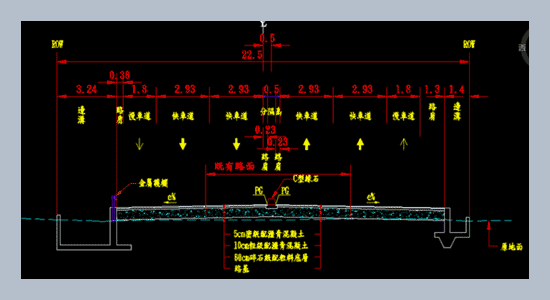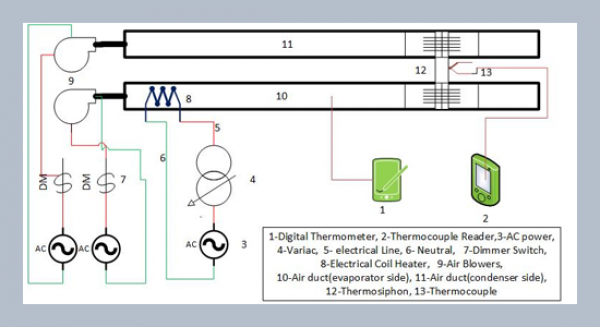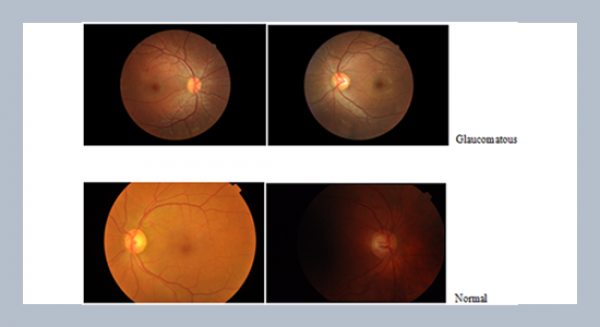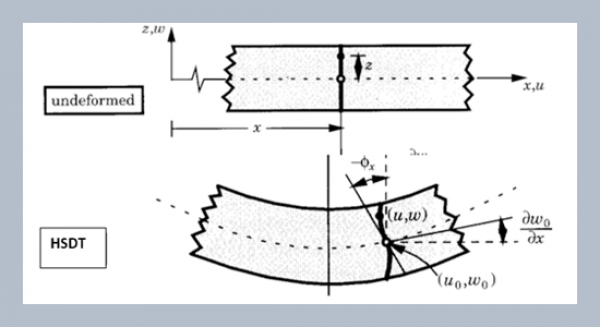Wen-der Yu1, Hsien-Kuan Chang1*, Chien-Hung Lai2 1 Department of Construction Engineering, Chaoyang University of Technology, Taichung, Taiwan, R.O.C.
2 CECI Engineering Consultants, Inc., Taipei, Taiwan, R.O.C.
Download Citation:
|
Download PDF
Construction engineering design is highly dependent on previous experience so experienced engineers normally produce the design. This practice allows the leakage of knowledge when experienced engineers leave and is costly in terms of the time required for design work. This study proposes a knowledge management–based engineering design system (KMEDS) that supports engineering design of highways and roads. A text mining technique using a vector space model (VSM) is used to retrieve documents. Nine historical design cases containing 1,683 engineering documents are collected as the knowledge base. A real-world express highway design project is used to test the feasibility of the proposed method. A questionnaire survey is then conducted to evaluate the proposed KMEDS. The approval rate is 88% in terms of system correctness and 86% in terms of time savings.ABSTRACT
Keywords:
Engineering design, Highway projects, Knowledge management, Document retrieval.
Share this article with your colleagues
REFERENCES
ARTICLE INFORMATION
Received:
2018-11-29
Accepted:
2021-02-22
Available Online:
2021-06-01
Yu, W.-d., Chang, H.-K., Lai, C.-H. 2021. A knowledge management-based engineering design system for highway design projects, International Journal of Applied Science and Engineering, 18, 2018172. https://doi.org/10.6703/IJASE.202106_18(2).005
Cite this article:
Copyright The Author(s). This is an open access article distributed under the terms of the Creative Commons Attribution License (CC BY 4.0), which permits unrestricted use, distribution, and reproduction in any medium, provided the original author and source are cited.















